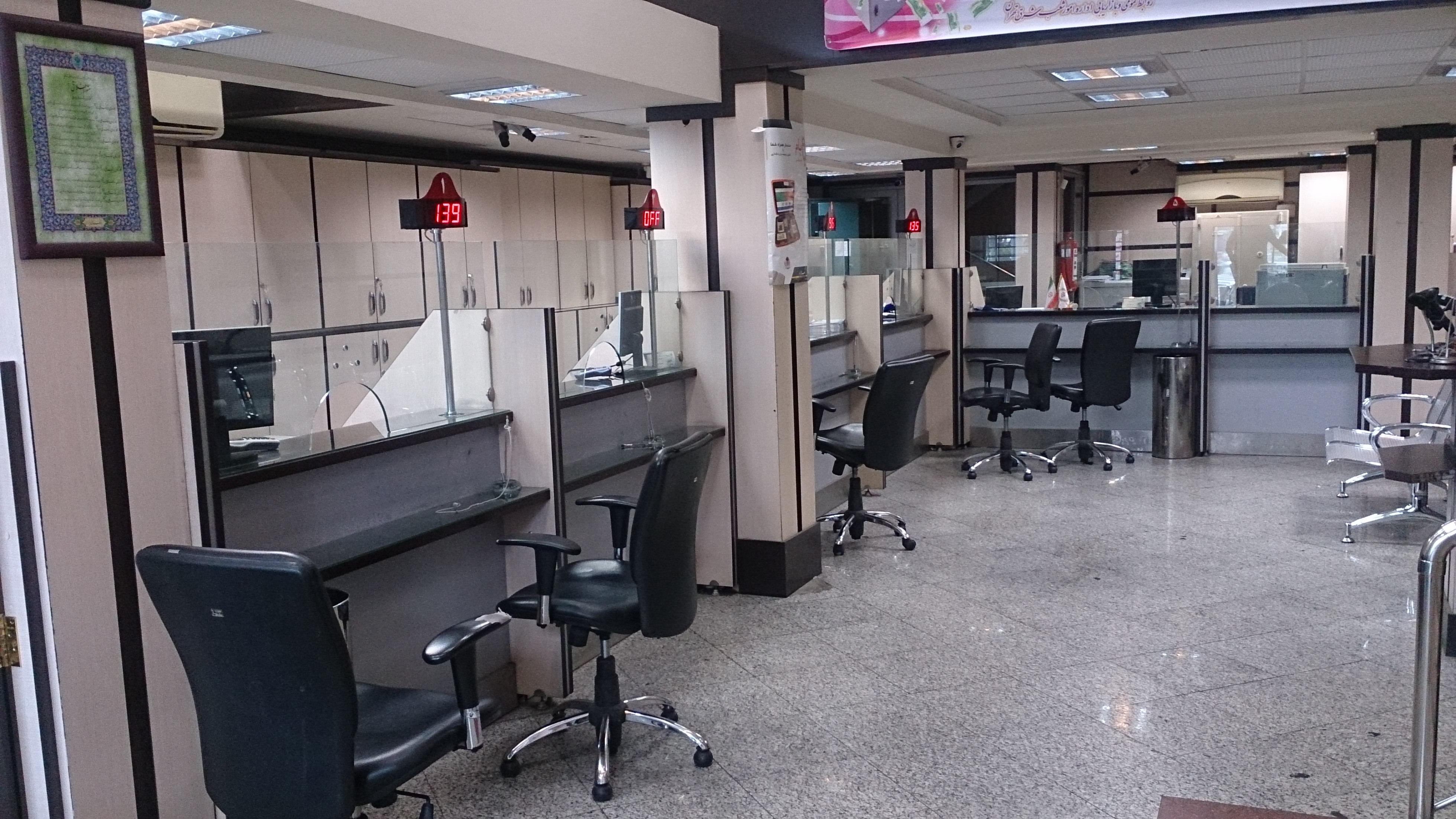The government’s remarkable achievement of bringing down the inflation rate to below 10% may be at stake, if banking reforms are not implemented urgently, an economist warned.
Praising President Hasaan Rouhani’s successful monetary policy to rein in the runaway inflation bestowed by the previous administration, Seyyed Ali Madanizadeh also told the Persian weekly Tejarat-e Farda that the inflation rate is expected to gradually bounce back up, “if the Central Bank of Iran does not adopt preventive measures”.
According to Madanizadeh, who is also a professor at Tehran University’s School of Economy, a steep fall in inflation often leads to a deep recession, but due to reduced inflationary expectations, the issue of recession was largely contained by the government and the economy recorded two consecutive years of positive growth.
Rouhani’s economic team halved the inflation rate one year into office, pulling it below 20% in September 2014 and then to around 15% in March 2015.
Iran’s inflation rate went below 10% for the rolling year ending June 20, 2016. This was the first time the country was experiencing single-digit inflation in about a quarter century.
The inflation rate recorded a record low of 8.57% late fall, after which it made a slow upward move.
CBI’s latest figures show the average goods and services Consumer Price Index for urban areas in the 12 months ending April 20, which marks the end of the first Iranian month of Farvardin, increased by 9.5% compared with last year’s corresponding period.
Masoud Nili, a senior economist and top advisor to Rouhani, said last month that a bounce-back of inflation to above 10% will hamper the outstanding growth figures the government has achieved and seeks to preserve.
Economy Minister Ali Tayyebnia has estimated that GDP growth in the last fiscal 2016-17 stood at 8%.
Official statistics on the whole year’s growth rate have yet to be published. CBI’s latest report shows the Iranian economy grew 11.9% in the three quarters of last year (March 20-December 20, 2016).
Nonetheless, Madanizadeh believes these achievements are at risk in the shadow of Iran’s troubled banking sector.
“The government’s plan has been to carry out structural reforms [in the monetary sector]. It even issued preliminary regulations to fix the banking system,” he said.
However, he noted that these plans failed in the face of a soaring budget deficit.
The Iranian banking sector’s ratio of non-performing loans stood at 11% by September 20, 2016, down from 13.6% in September 20, 2014, CBI Governor Valiollah Seif announced back in January.
Interest rates have traditionally been illogically high in Iran, distancing from the general inflationary downtrend in recent years. Piling NPLs force banks to compete to absorb capital from other banks as well as CBI with sky-high interbank lending rate to be able to fulfill their liabilities.
Last June, Money and Credit Council allowed the banking sector to offer approximately 15% interest on long-term deposits, lowering the rate by 3%. Banks were also asked to charge borrowers approximately 18%, though bank loans are reportedly offered at higher rates.
However, this is still far from the 3-5% targeted gap between inflation and interest rates.
For lenders to be able to lower interest rates, banks need the government’s support to get rid of their non-performing assets, borrowers need a better market to fulfill their commitments and regulations need to improve.
But a nosedive in the price of oil has clipped the government’s wings in performing the monetary surgery.
“The government has been issuing a huge amount of bonds to finance its deficit. This has influenced the interest rates to a large extent,” Madanizadeh said.
The latest CBI data show that Iran issued 314 trillion rials ($8.4 billion) worth of bonds in the 11 months to February 18, which added to banks’ liabilities.
“Postponing banking reforms means the CBI will have to finance the banks … leading to a rise in liquidity, which has been the case in the past two years. This has given rise to an uptrend in inflation,” he said.
The economist believes said the first step the government should take is to propose an amendment to the budget for the current Iranian year (March 2017-18), which was ratified in the parliament in the closing days of the last fiscal year.
Madanizadeh predicts the government will not be able to balance income and expenditures approved in this year’s budget.
“The government should pay back all its debt securities, particularly those pertaining to the banking system,” he said.
At the end, Madanizadeh stressed that reforms are only possible through consensus between all branches of power—the executive, judiciary and legislature—and this is not a task the administration can accomplish on its own.


